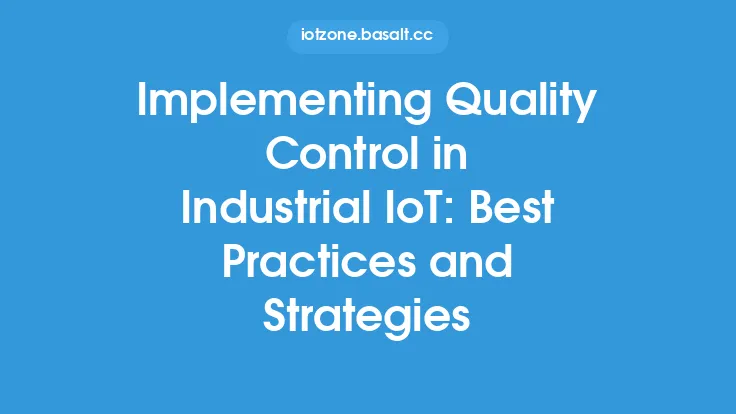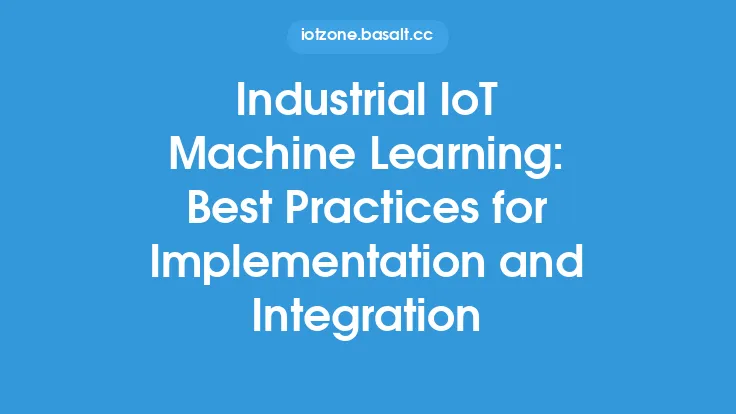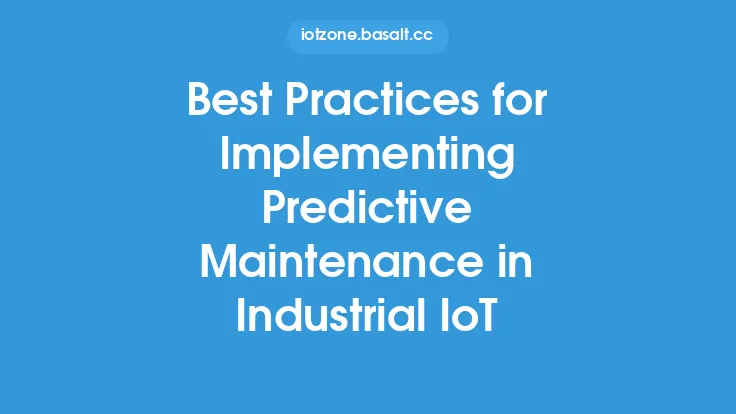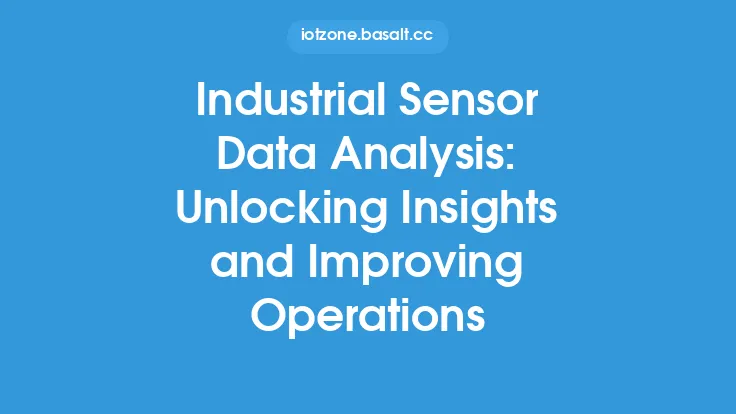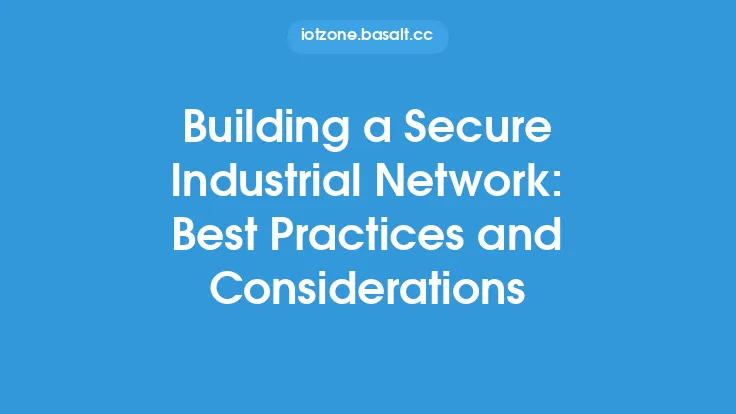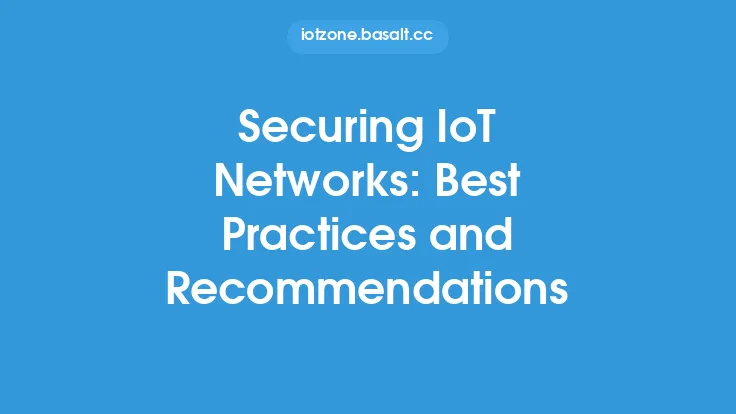Industrial sensors are a crucial component of the Industrial Internet of Things (IIoT), playing a vital role in collecting data, monitoring processes, and controlling equipment in various industries. However, to ensure accurate and reliable data, industrial sensors require regular calibration and maintenance. In this article, we will delve into the best practices for industrial sensor calibration and maintenance, highlighting the importance of these processes and providing guidance on how to implement them effectively.
Importance of Calibration and Maintenance
Calibration and maintenance are essential for ensuring the accuracy and reliability of industrial sensors. Calibration involves adjusting the sensor to match a known standard, while maintenance involves routine checks and repairs to prevent sensor failure. Without proper calibration and maintenance, industrial sensors can provide inaccurate data, leading to faulty decision-making, reduced productivity, and increased costs. Moreover, poorly maintained sensors can also pose safety risks, particularly in hazardous environments.
Calibration Methods and Techniques
There are several calibration methods and techniques used for industrial sensors, including:
- Zero-point calibration: This involves setting the sensor's output to zero when the input is zero.
- Span calibration: This involves adjusting the sensor's output to match a known input value.
- Multi-point calibration: This involves calibrating the sensor at multiple points to ensure accuracy across the entire measurement range.
- Linearity calibration: This involves adjusting the sensor's output to ensure a linear response to changes in input.
- Temperature calibration: This involves adjusting the sensor's output to account for temperature-related errors.
Maintenance Schedules and Procedures
Regular maintenance is crucial for preventing sensor failure and ensuring optimal performance. Maintenance schedules and procedures may vary depending on the type of sensor, application, and environment. Some common maintenance tasks include:
- Visual inspections: Regular visual checks to identify signs of wear, damage, or corrosion.
- Cleaning: Cleaning the sensor and its surroundings to prevent contamination and ensure accurate measurements.
- Replacement of worn parts: Replacing worn or damaged parts, such as seals or bearings, to prevent sensor failure.
- Software updates: Updating sensor software to ensure compatibility with changing system requirements.
- Calibration checks: Regular calibration checks to ensure the sensor remains accurate and reliable.
Tools and Equipment for Calibration and Maintenance
Various tools and equipment are used for industrial sensor calibration and maintenance, including:
- Calibration standards: Known standards used for calibration, such as precision resistors or voltage sources.
- Multimeters: Handheld devices used for measuring voltage, current, and resistance.
- Oscilloscopes: Devices used for visualizing waveforms and measuring signal characteristics.
- Sensor calibration software: Specialized software used for calibrating and configuring industrial sensors.
- Maintenance kits: Pre-assembled kits containing replacement parts and tools for routine maintenance.
Best Practices for Calibration and Maintenance
To ensure effective calibration and maintenance, follow these best practices:
- Develop a maintenance schedule: Create a schedule based on the sensor's application, environment, and manufacturer recommendations.
- Use qualified personnel: Ensure that maintenance personnel are trained and qualified to perform calibration and maintenance tasks.
- Follow manufacturer guidelines: Adhere to manufacturer guidelines for calibration, maintenance, and repair.
- Keep records: Maintain detailed records of calibration and maintenance activities, including dates, results, and any issues encountered.
- Continuously monitor sensor performance: Regularly monitor sensor performance to identify potential issues before they become major problems.
Common Challenges and Solutions
Industrial sensor calibration and maintenance can be challenging, particularly in complex or hazardous environments. Some common challenges and solutions include:
- Accessibility issues: Use remote calibration and maintenance techniques, such as wireless communication or robotic systems.
- Harsh environments: Use sensors and equipment designed for harsh environments, such as high-temperature or high-pressure applications.
- Limited resources: Prioritize maintenance tasks based on sensor criticality and application requirements.
- Complexity: Use specialized software and tools to simplify calibration and maintenance tasks.
- Regulatory compliance: Ensure that calibration and maintenance procedures comply with relevant regulations and standards.
Conclusion
Industrial sensor calibration and maintenance are critical for ensuring accurate and reliable data in IIoT applications. By following best practices, using the right tools and equipment, and addressing common challenges, industries can optimize sensor performance, reduce downtime, and improve overall efficiency. Regular calibration and maintenance are essential for preventing sensor failure, ensuring safety, and reducing costs. As the IIoT continues to evolve, the importance of effective calibration and maintenance will only continue to grow, making it essential for industries to prioritize these critical activities.
